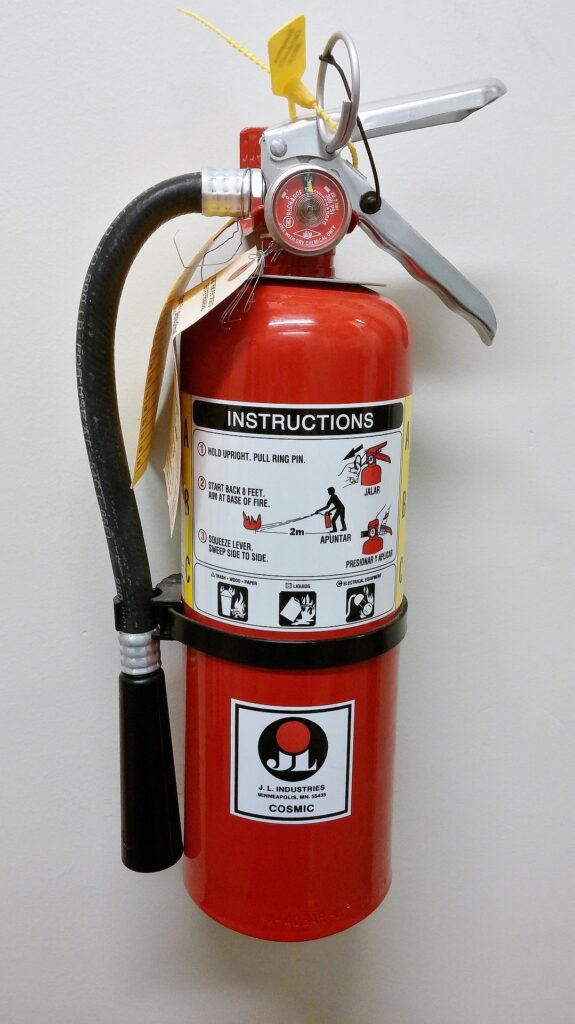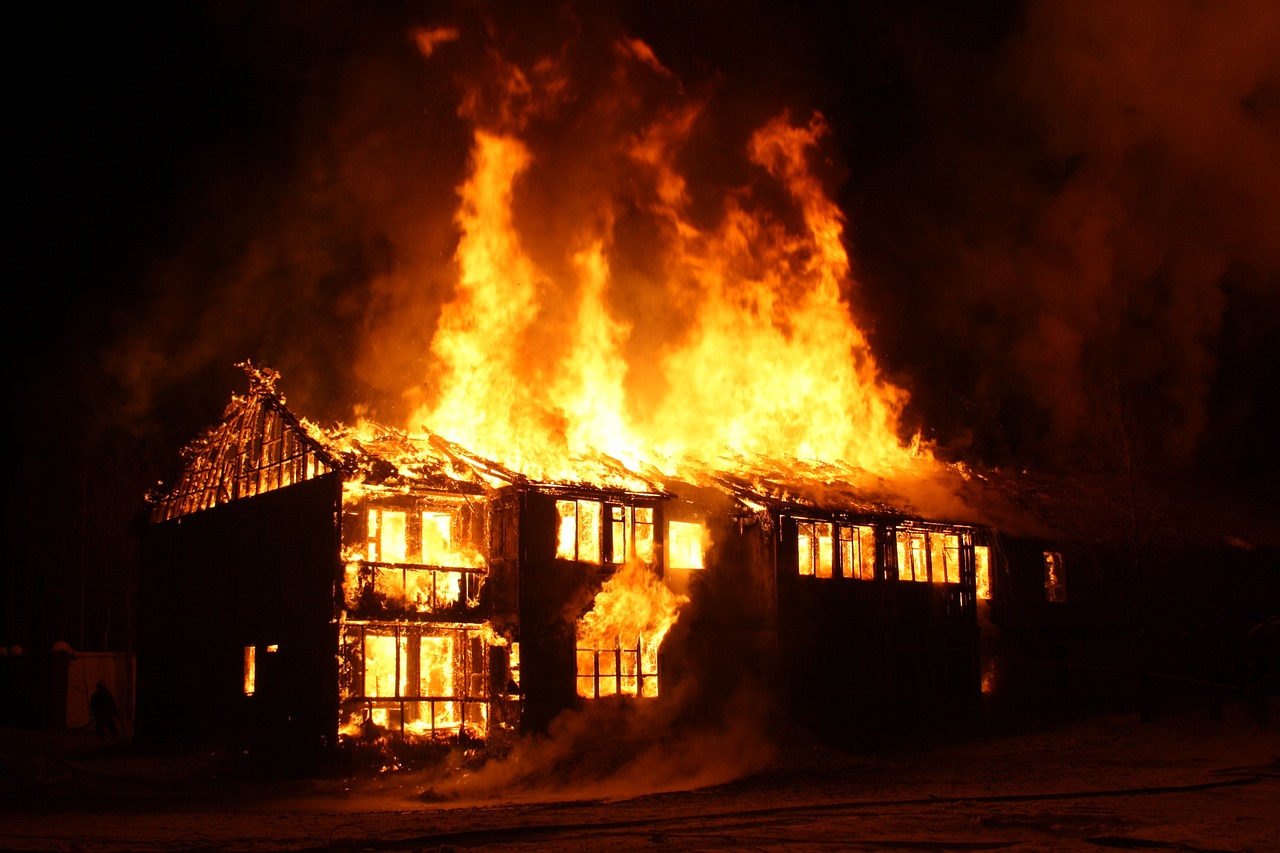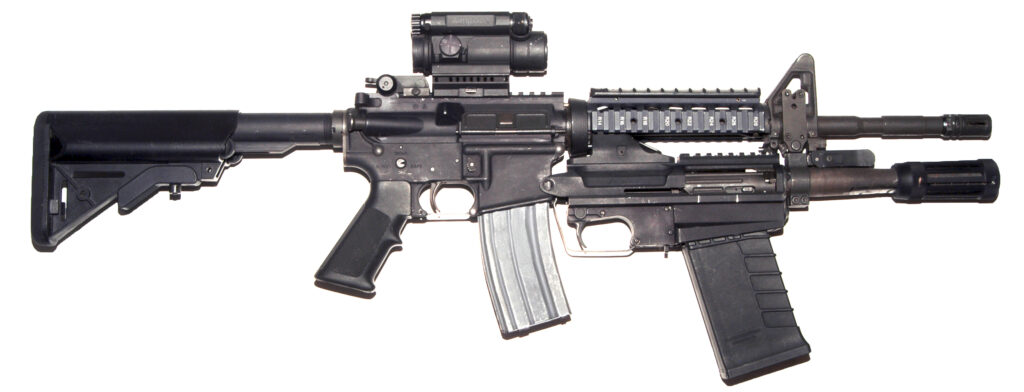Fire safety is—or should be—a big part of your overall preparedness plan. Earlier today, there was a bad fire at an apartment building just outside town. There were at least ten fire departments involved in getting it under control. Nearly 30 people are now homeless as a result of the fire. I’ve not seen any details about injuries as of yet.
It is all too easy for an accidental fire to quickly rage out of control. Therefore, it’s important to take precautions.
Fire Safety at Home
Smoke detectors are critical. There should be at least one on each floor of the home, including the basement. They should be tested at least twice a year. I’d be willing to bet most people know all that already. What many don’t think about, though, is whether they can actually hear those alarms.
Advertisement — Continue Reading Below
Go into your bedroom, close the door, turn on the fan you often use at night, and then have someone test the alarm. Can you hear it? Is it loud enough to wake you up? If not, maybe look at replacing the alarm with one that’s louder.

Every home should have fire extinguishers. The minimum should be one on each level of the home, stationed near the exits so that you can create a safe pathway, should the need arise.
Advertisement — Continue Reading Below

Extinguishers come in different ratings based on the type(s) of fire they’re intended to put out. Look for 2-A: 10-B:C rating for home use. If you need to use an extinguisher, remember the acronym PASS.
P = Pull the pin on the extinguisher.
Advertisement — Continue Reading Below
A = Aim the nozzle.
S = Squeeze the handle.
S = Sweep the nozzle back and forth at the base of the fire.
Advertisement — Continue Reading Below
Fire Safety at Work
According to OSHA, there are about 16,500 workplace fires each year.
Identify the locations of all fire extinguishers. They should be visually inspected monthly and have a maintenance check annually. Each extinguisher should be tagged and marked with those inspection dates. If the ones you see at work are out of date, speak to Human Resources about getting that handled. While you’re at it, ask them how often the fire sprinkler systems have been tested.
Emergency exits should be clearly marked and kept clear at all times.
Advertisement — Continue Reading Below

In my experience, that’s a frequent struggle in many warehouse environments. People will drop a pallet of merchandise in front of a fire exit, planning to leave it there just for a moment while they attend to something else. But they never seem to make it back to move it again.
Don’t leave heat devices, such as space heaters, unattended. Watch for overloaded outlets and unsafe extension cords.
Advertisement — Continue Reading Below
For both home and workplace fire safety, don’t overlook the importance of evacuation drills. They help develop muscle memory, so there’s less thinking and more doing under stress. Stress to people that closed doors should be felt before being opened. If they’re hot, leave them closed. Jam a towel or jacket under the bottom of the door to limit smoke getting inside. Get near a window so people can see and hear you if you’re unable to get out.















